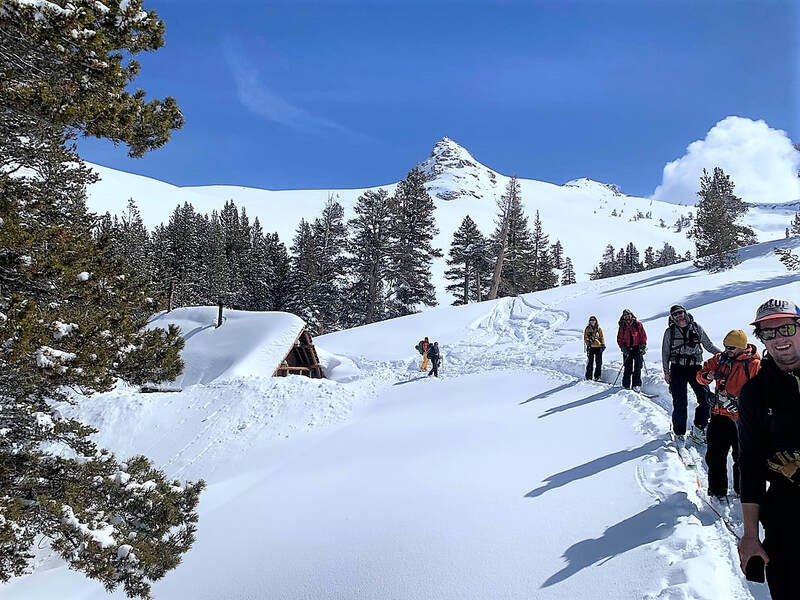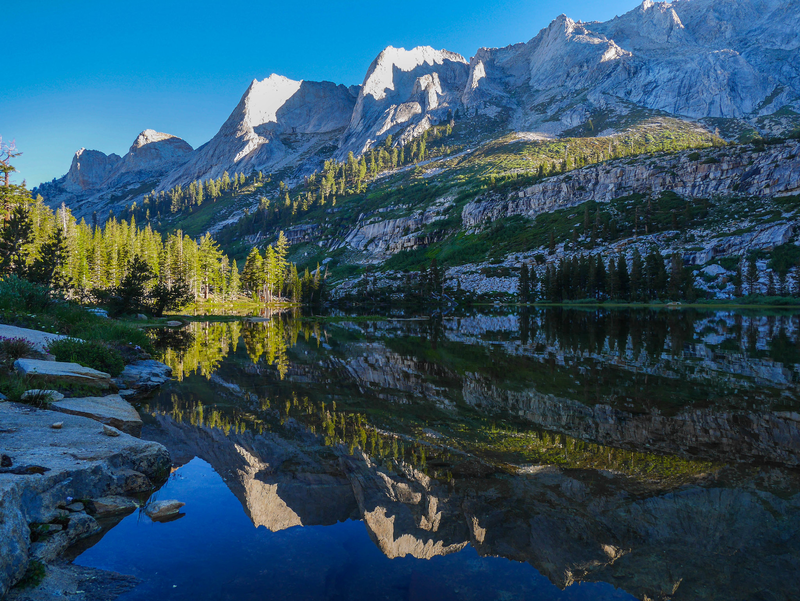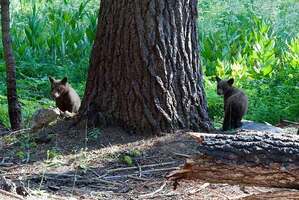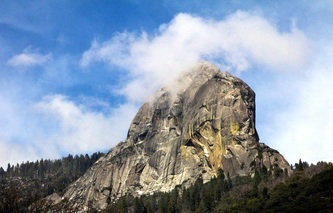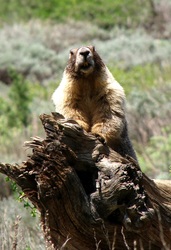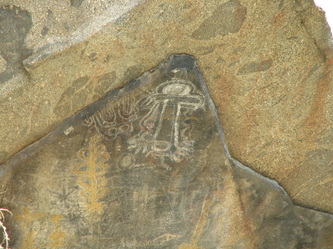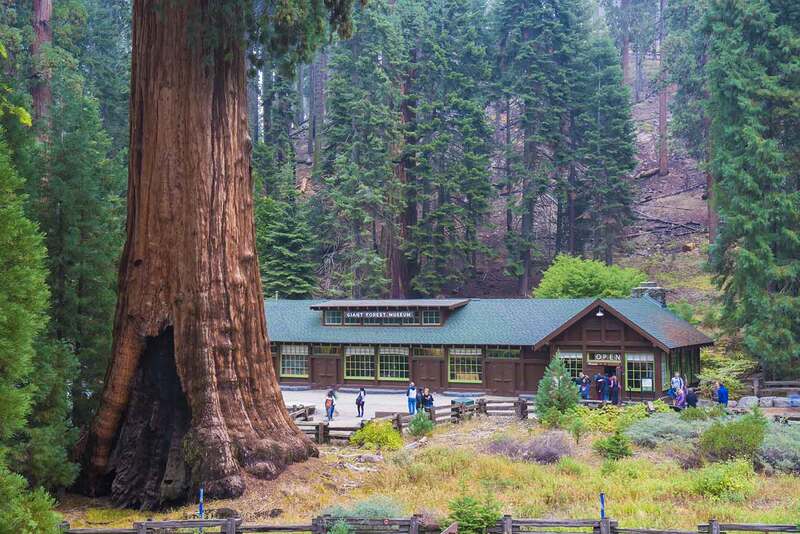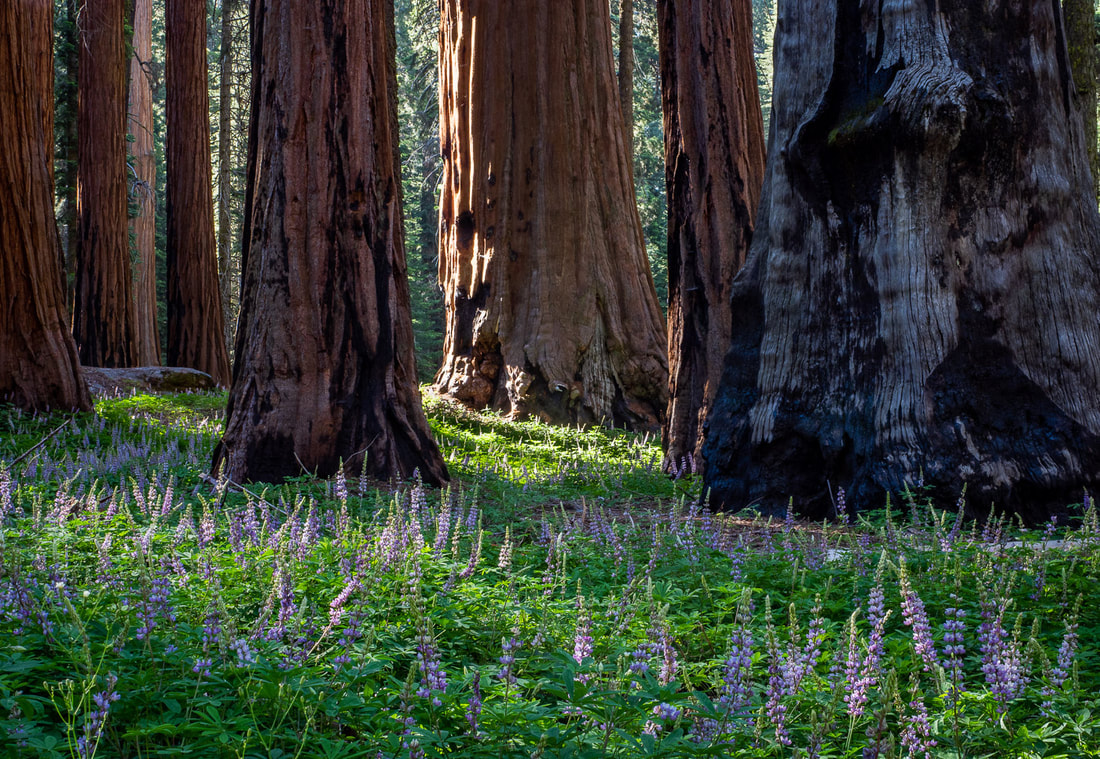|
|
SEQUOIA NATIONAL PARK Environment: Foothills to mountains, coniferous forests, oak woodlands, giant sequoias, sub-alpine valleys, rivers, lakes Activities: archaeological sites, backpacking, birdwatching, botanizing, camping, caving, cross-country skiing, educational activities, fishing, hiking, historical sites, horseback riding, museums, photography, picnicking, snow play, visitor centers, wildlife and wildflower viewing Open: year-round, weather permitting, unless closed due to emergency conditions Site Steward: National Park Service (NPS) 559-565-3341 Opportunities for Involvement: Sequoia Parks Conservancy (SPC) membership, donate, volunteer Links: Sequoia Kings Canyon National Parks (NPS Site); Visit Sequoia.com; Plan Your Visit, Permits, Current Conditions; Sequoia Kings Canyon Lodging; Sequoia National Forest and Sequoia National Monument; Sequoia Park Shuttle; Sequoia Parks Conservancy (SPC); Sequoia National Forest Books: 1) Challenge of the Big Trees -The Updated History of Sequoia and Kings Canyon National Parks by William C. Tweed and Lary M. Dilsaver (University of Virginia Press, 2017) 2) Sequoia and Kings Canyon: Official National Park Handbook #145 by Division of Publications, National Park Service, 1992 (U.S. Government Printing Office, 1986) 3) A Guide to the Sequoia Groves of California by Dwight Willard (Yosemite Association, 2000) 4) King Sequoia: The Tree That Inspired a Nation, Created Our National Park System, and Changed the Way We Think about Nature by William C. Tweed (Heyday, 2016) Directions: Map and directions are at the bottom of this page |
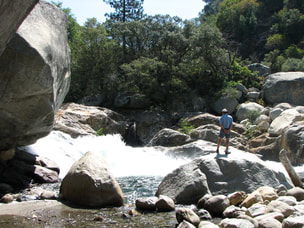
"Keep close to nature's heart . . . and break away, once in a while, and climb a mountain or spend a week in the woods. Wash your spirit clean." -- John Muir
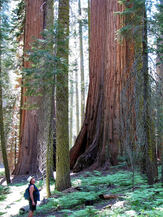
"When you’re standing there silently in the presence of the giant sequoias, you can’t help but recognize that you’re a part of something that is way beyond whatever it is that you envisioned this world might be.” – George B. Hartzog, Jr.
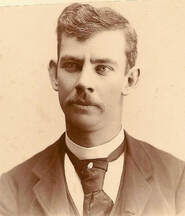 George Stewart circa 1890
“That which is not good for the beehive cannot be good for the bees.” – Marcus Aurelius, Roman Emperor 161-180 AD 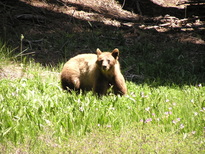
“Bears are made of the same dust as we, and breathe the same winds and drink of the same waters. A bear’s days are warmed by the same sun, his dwellings are overdomed by the same blue sky, and his life turns and ebbs with heart-pulsings like ours, and was poured from the same First Fountain.” – John Muir
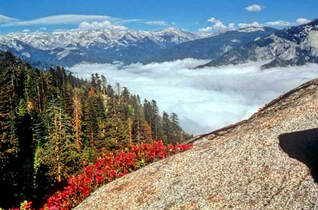
"It is our task in our time and in our generation, to hand down undiminished to those who come after us...the natural wealth and beauty which is ours."--U.S. President John F. Kennedy Photos for this article by: John Greening, Greg Schwaller, Laurie Schwaller; and courtesy of Maia Averett/plutoniclove.com; David Baselt; Sequoia and Kings Canyon National Parks Archives; Sequoia Parks Conservancy; and Tulare County Library, Annie R. Mitchell History Room
|
History: The Story of Tulare County and the Origins of Sequoia National Park by William Tweed Of the many contributions made by the citizens of Tulare County to the conservation of nature, no other effort comes close to matching the 1890 campaign to create Sequoia National Park. Not only did this effort establish one of our nation’s premiere national parks but it also was a key step in the development of the idea that our nation should have a national park system made up of multiple units. Today that model is emulated worldwide. The government of the United States, prior to 1890, had taken two major preliminary steps toward developing what we now recognize as the national park idea. The first of these occurred in 1864, when Congress, in response to a request from a number of prominent California residents, gave title to Yosemite Valley and the Mariposa Grove of the giant sequoias to the State of California to be managed as a public park. The resulting nature preserve, in many ways America’s first major step toward creating a national park, was to be managed by the State of California. Eight years later, in 1872, Congress did create a national park – Yellowstone. Again, a small group of influential citizens lobbied to create the reservation. The difference this time was there was as yet no State of Wyoming to give the park to – the area was still a territory under direct federal management. Out of this came Yellowstone National Park. Many who supported the creation of Yellowstone envisioned it as adequate to meet all the young nation’s need for wildland recreation. At the time, Yellowstone was thought of as the national park; certainly one such place was all the nation would ever require. Enter the citizens of Tulare County. As early as the late 1870s, George Stewart of the Visalia Delta newspaper had begun to editorialize about the need to protect the amazing giant sequoia trees of the southern Sierra Nevada and the forests in which they grew. At that time almost all the land in the mountains was for sale by the federal government with the expectation that it would eventually be sold to private parties and logged. Stewart and his friends initiated their efforts by seeking temporary suspension of land sales in a number of key tracts of giant sequoia trees. They achieved some short-term successes in this effort, but all knew that they needed a permanent solution if they were to preserve these special forests. By 1889, Stewart had begun to lobby for the creation of a national park in Tulare County. State administration of Yosemite had not turned out all that well, and Stewart thought that the Yellowstone model offered more promise for protecting the mountains east of Visalia. The campaign took an even more serious direction in 1890, when the government prepared to release large tracts of temporarily protected mountains for sale. Stewart, working closely with Frank Walker, editorialized and networked, building support for the idea. He convinced Representative William Vandever, whose large district included Tulare County, to draft a bill to create a national park among the headwaters of the Kaweah River. As a result of the efforts of Stewart and many other Tulare County residents, the Sequoia National Park bill passed both houses of Congress as the summer ended, and was signed by President Benjamin Harrison on September 25, 1890. Just a week later, Congress passed another national park bill. It created a Yosemite National Park to surround the state park there, and also established General Grant National Park, which is today a part of Kings Canyon National Park in northern Tulare County. But it was the Sequoia National Park bill, which created America's second national park, that initiated the formation of a system that now contains almost 400 separate units. It is hard to overestimate the significance of what Stewart and his Tulare County friends accomplished in 1890. Locally, they saved what we now know to be the largest trees on earth. Beyond that, they also established a pattern for national systems of preserved lands – a model that continues to expand across the planet even in the 21st century. October, 2012 |
|
|
Directions: From Visalia, take Hwy 198 east through Three Rivers to Sequoia National Park Ash Mountain Entrance Station (fee), where Hwy 198 becomes the Generals Highway, linking Sequoia National Park to Kings Canyon National Park. Along or near the Generals Highway in Sequoia N.P., make time if you can to visit the iconic Ash Mountain Entrance Sign, the Foothills Visitor Center, Hospital Rock, Amphitheater Point, the Giant Forest, Crescent Meadow and historic Tharp's Log, Moro Rock Stairway, the General Sherman Tree, Lodgepole Village and Visitor Center, the Generals Highway Stone Bridges, Wuksachi Village, and the Lost Grove, after which the Generals Highway leaves Sequoia National Park.
To make a loop trip, continue on the highway through Sequoia National Forest to Kings Canyon N. P., where you can turn left onto Hwy 180 west to Hwy 63 south back to Visalia. (You may want to first go north on Hwy 180 at the junction to visit Grant Grove Village, Kings Canyon Visitor Center, and General Grant Grove and its famous tree before driving back to the Valley.) If you have another day for Sequoia N.P., consider taking the winding road (seasonal) to Mineral King or returning to spend more time exploring the attractions along the Generals Highway. (Alternatively, consider visiting Kings Canyon National Park, Grant Grove, and the great canyon of the Kings.) Note:
Plan Your Trip: https://www.nps.gov/seki/planyourvisit/vehicle-restrictions.htm and always check current conditions Current conditions: https://www.nps.gov/seki/planyourvisit/conditions.htm |
